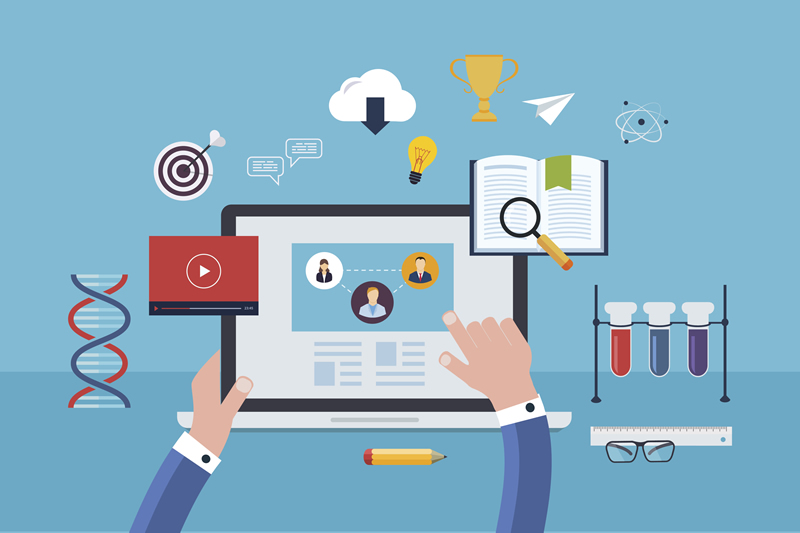ATD Blog
The Learning Journey: Learn, Remember, Do
Thu Nov 12 2015

Did you know that the human brain, despite representing only 2 percent of our body weight, accounts for approximately 20 percent of the oxygen consumed? That is lot of energy consumption by something as puny as our brain! This could be one reason why our brain has developed cognitive biases to reduce the decision-making cycle time to what would otherwise be a resource exhausting process.
However, when it comes to learning new skills, knowledge, or behaviors, our brain is expected to do lot of heavy lifting in order to help us reach our next level of performance. Let’s take a moment to look deeper into the learning journey—LEARN, REMEMBER, DO—and the role that our brain plays.
Learn
There is interesting research around rapid skill acquisition that Josh Kaufman presented a couple of years ago at TEDx, which says that you need just 20 hours to learn any new skill. You can go from not knowing anything about a particular subject to learning everything, whether it's learning a new language to learning how to paint. All that is required is 20 hours of deliberate and intelligent practice, which Kaufman breaks down into four simple steps.
Deconstruct the skill. Break the skill into small chunks to isolate the parts that will help you the most to improve your performance.
Learn enough to self-correct. Leveraging whatever resources you can (online courses, books, CDs, and so forth) to learn just enough to practice and correct. Learning becomes about doing and course correcting.
Remove barriers to distraction. Build the willpower that will keep you from getting distracted.
Practice for at least 20 hours.
Remember
Do you recall your childhood school days when your teacher used phrases to help you remember the planets in our solar system: “my very educated mother just showed us nine planets.” Even after so many years, my brain still remembers it! Of course, Pluto has been downgraded since then.
That is the power of mnemonic devices, which are basically learning techniques for the brain to encode and recall important information. This technique may not be applicable in all learning scenarios, but it’s an important tool that we can leverage in the learning process.
Another useful technique that facilitates recall is reflection. For example, my coach has advised me to take two “timeouts” during the day: one at the middle of the day right before lunch, and a second timeout right before shutting down the laptop and heading home. Given the fast-paced world we live in (from running between meetings to solving complex organizational problems), we need pit stops to help our brains shift gears from being in a "reaction" mode to getting into a "reflection" mode.
So, sit at your desk and plug in those headphones or find yourself a quiet corner and take a well-meaning 15 minutes to self-reflect and ask yourself some simple but powerful questions: How did that client interaction go? What did I learn? What could I have done different? Then, pen down your thoughts in a journal so that your brain not only internalizes the information, but also so you have something handy to refer back to at a later point in time.
There is interesting research happening around how sleeping helps us remember the “important” stuff that happens throughout our day. Essentially, our brain neurons fire while we doze and decides what important information needs to be retained and what information can be discarded. Help your brain decide the important from the not-so-important by taking that time out during your day to self-reflect, write down your thoughts, and get plenty of sleep.
Do
Remember the old adage: “Practice makes perfect." Do you think twice when you brush your teeth or when you get into your car and turn on the ignition? No—these activities are imprinted in your subconscious because they are part of your daily habits. Do an activity repetitively and you will master it; there are no other shortcuts.
Consequently, to stretch your brain and learn a new skill, you need to give it a good workout and do something new. As we’ve heard many times in the L&D industry: the best way to learn is by doing.
Editor’s Note: This post is adapted from the Linked In post, “Mind That Thing Between Your Ears!” published August 2015.
